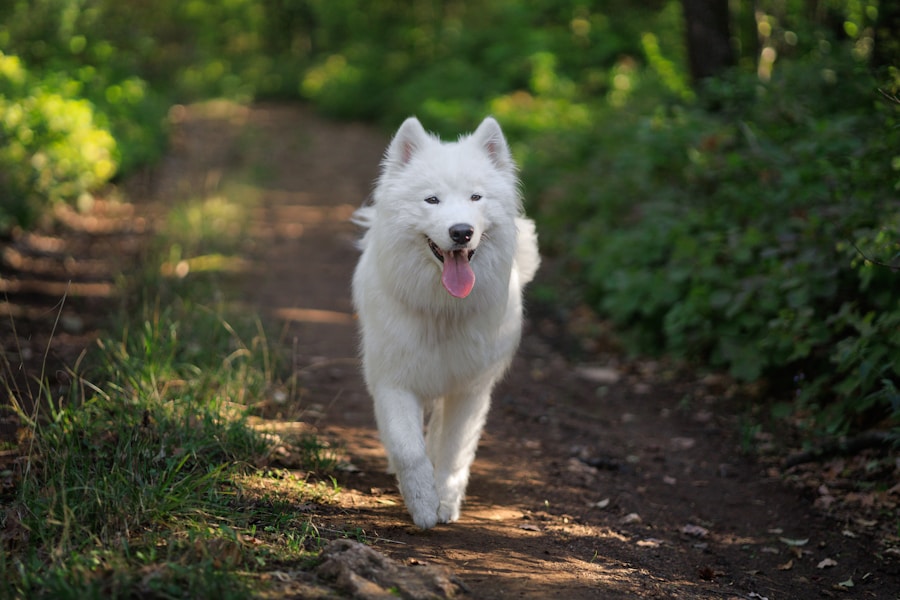Cat cage rest is a crucial aspect of feline care, especially when a cat is recovering from an injury, surgery, or illness. It provides a safe and controlled environment for the cat to rest and heal without the risk of further injury or complications. The confinement of a cat cage allows for restricted movement, which is essential for promoting healing and preventing the cat from aggravating its condition. Additionally, cat cage rest can also be beneficial for managing behavioral issues or providing a safe space for a cat to acclimate to a new environment.
Furthermore, cat cage rest can also help in reducing stress and anxiety in cats, as it provides a secure and predictable environment. This is particularly important for cats that may be prone to stress-related illnesses or have a history of anxiety. By providing a quiet and controlled space, cat cage rest can help in promoting relaxation and aiding in the recovery process. Overall, understanding the importance of cat cage rest is essential for ensuring the well-being and recovery of your feline companion.
Dos for Ensuring a Comfortable and Safe Cat Cage Rest Experience
When implementing cat cage rest for your feline friend, there are several dos that can help ensure a comfortable and safe experience. Firstly, it is important to provide a spacious and well-ventilated cage that allows for adequate movement and airflow. The cage should be large enough to accommodate a litter box, food and water dishes, as well as a comfortable resting area for the cat. Additionally, it is crucial to line the bottom of the cage with soft bedding or blankets to provide a cozy and comfortable surface for the cat to rest on.
Furthermore, it is essential to maintain a clean and hygienic environment within the cage by regularly cleaning and sanitizing the litter box and food and water dishes. This will help in preventing the spread of bacteria and germs, which can compromise the cat’s recovery. Additionally, providing mental stimulation through interactive toys or puzzle feeders can help keep the cat engaged and prevent boredom during cage rest. Overall, ensuring a comfortable and safe cat cage rest experience involves providing a spacious and clean environment, as well as opportunities for mental stimulation.
Don’ts to Avoid When Implementing Cat Cage Rest
While there are several dos for ensuring a comfortable and safe cat cage rest experience, there are also several don’ts to avoid when implementing cat cage rest. Firstly, it is important to avoid using a cage that is too small or cramped, as this can cause discomfort and stress for the cat. Additionally, it is crucial to avoid placing the cage in an area with excessive noise or activity, as this can disrupt the cat’s rest and recovery.
Furthermore, it is important to avoid overfeeding or underfeeding the cat during cage rest, as maintaining a balanced diet is essential for promoting healing and overall well-being. Additionally, it is crucial to avoid forcing the cat out of the cage or restricting its movement, as this can cause unnecessary stress and anxiety. Overall, avoiding these don’ts when implementing cat cage rest is essential for ensuring the well-being and comfort of your feline companion.
Tips for Making the Transition to Cat Cage Rest Easier for Your Pet
Making the transition to cat cage rest easier for your pet involves several tips that can help reduce stress and anxiety. Firstly, it is important to gradually introduce the cat to the cage by allowing it to explore and become familiar with the space before confinement. This can help in reducing fear and resistance when it comes time for cage rest. Additionally, providing familiar items such as blankets or toys in the cage can help provide comfort and security for the cat during confinement.
Furthermore, it is important to maintain a consistent routine during cage rest by feeding, cleaning, and interacting with the cat at regular intervals. This can help provide predictability and stability for the cat, which can reduce stress and anxiety. Additionally, providing positive reinforcement such as treats or praise when the cat exhibits calm behavior in the cage can help make the transition to cage rest easier. Overall, these tips can help make the transition to cat cage rest easier for your pet by reducing stress and anxiety.
How to Monitor and Assess Your Cat’s Progress During Cage Rest
Monitoring and assessing your cat’s progress during cage rest is essential for ensuring its well-being and recovery. One way to monitor your cat’s progress is by observing its behavior and demeanor in the cage. Signs of improvement may include increased appetite, activity, or vocalization, as well as a more relaxed and content demeanor. On the other hand, signs of distress or discomfort may include decreased appetite, lethargy, or vocalization, as well as signs of agitation or anxiety.
Additionally, it is important to monitor your cat’s physical condition by checking for any changes in body weight, coat condition, or skin integrity. Any signs of deterioration or decline should be promptly addressed by consulting with a veterinarian. Furthermore, it is important to keep track of any medications or treatments prescribed by the veterinarian and follow their instructions closely. Overall, monitoring and assessing your cat’s progress during cage rest involves observing its behavior and demeanor, as well as keeping track of any physical changes or symptoms.
The Role of Enrichment and Mental Stimulation in Cat Cage Rest
Enrichment and mental stimulation play a crucial role in promoting the well-being and recovery of cats during cage rest. Providing interactive toys such as puzzle feeders or treat dispensers can help keep the cat engaged and mentally stimulated during confinement. Additionally, providing opportunities for play and exercise within the confines of the cage can help prevent boredom and promote mental and physical well-being.
Furthermore, providing environmental enrichment such as visual stimulation through windows or bird feeders can help provide entertainment and distraction for the cat during cage rest. Additionally, providing opportunities for social interaction with humans or other pets can help prevent feelings of isolation or loneliness during confinement. Overall, enrichment and mental stimulation play an important role in promoting the well-being and recovery of cats during cage rest by providing opportunities for engagement and entertainment.
Consulting with a Veterinarian for Guidance on Cat Cage Rest
Consulting with a veterinarian for guidance on cat cage rest is essential for ensuring the well-being and recovery of your feline companion. A veterinarian can provide valuable insight into the specific needs of your cat based on its age, health status, and medical history. Additionally, a veterinarian can provide guidance on proper confinement techniques, dietary recommendations, medication management, and monitoring protocols during cage rest.
Furthermore, a veterinarian can also provide recommendations for environmental enrichment and mental stimulation strategies that are tailored to your cat’s individual needs. Additionally, a veterinarian can monitor your cat’s progress during cage rest through regular check-ups and assessments to ensure that its recovery is progressing as expected. Overall, consulting with a veterinarian for guidance on cat cage rest is essential for ensuring that your feline companion receives the best possible care and support during confinement.





